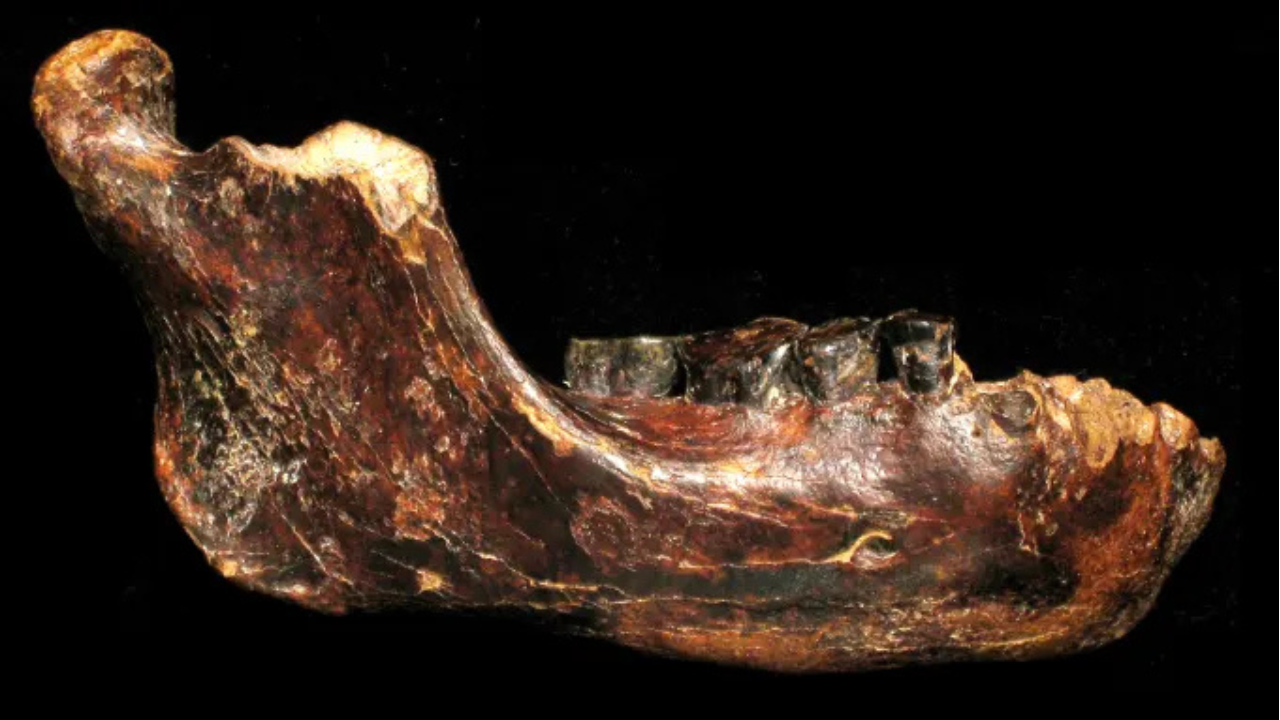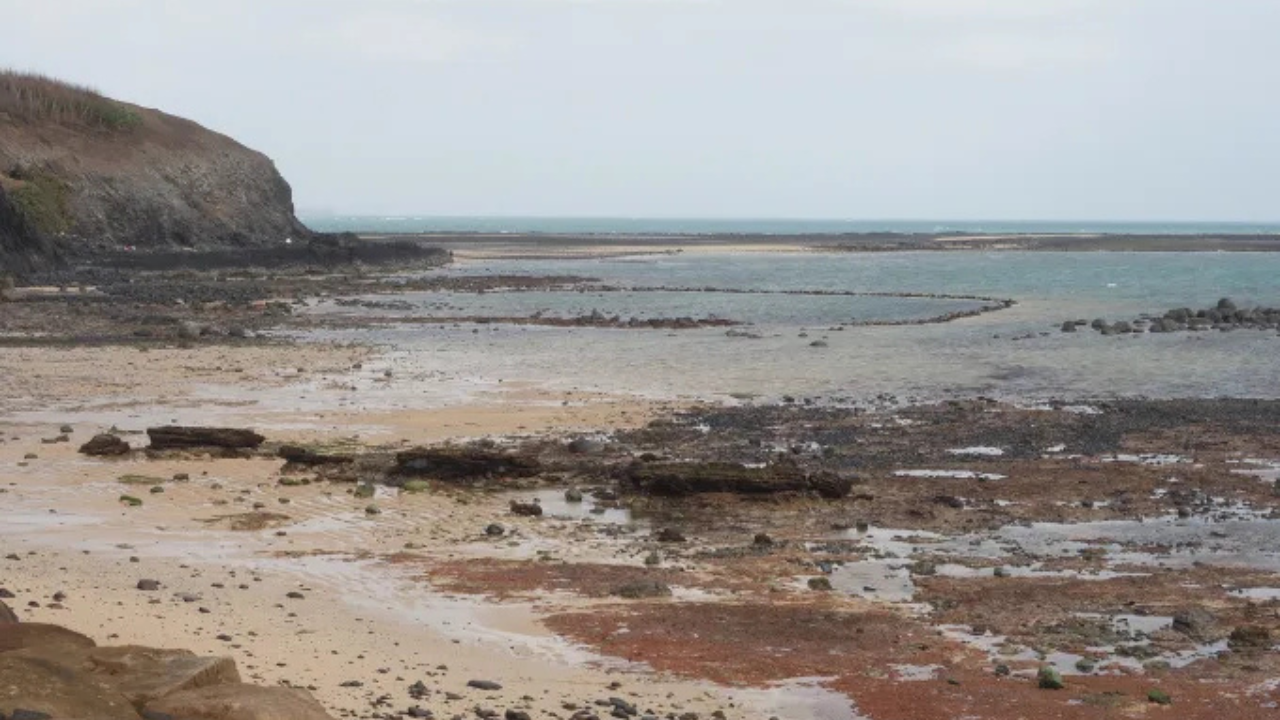Jawbone Of Ancient Human Discovered In The Seafloor
A fossilized jawbone dredged up by a fishing net from the seafloor 15 ½ miles (25 kilometers) off the coast of Taiwan in 2010 looked human, but for years scientists failed to nail down exactly where it fit in the human family tree.
Now, scientists have been able to confirm the identity of the mystery fossil, known as Penghu 1, through analyzing ancient protein fragments contained in teeth still attached to the jaw. The jawbone belonged to a Denisovan man, according to the findings published Thursday in the journal Science.
“We’ve determined and shown over the past couple of years that these proteins can survive longer than DNA does, and that if we have decent recovery, we can say something about the evolutionary ancestry of a specimen,” said study coauthor Frido Welker, an associate professor of biomolecular paleoanthropology at the University of Copenhagen’s Globe Institute in Denmark.
Fishermen working off the coast of Taiwan long have dredged up the bones of ancient animals — elephants, water buffalo and hyenas — in their nets, relics of an ice age past when sea levels were lower and the ocean channel was a land bridge.
The Denisovan man likely lived on this strip of land that once existed between what’s now China and Taiwan. This discovery establishes the third place that the enigmatic ancient humans first identified in 2010 were definitively known to have lived and shows that the Denisovans occupied a diverse range of environments: Siberian mountains, the high-altitude Tibetan Plateau and the humid subtropical latitudes, Welker added.
Source: CNN
















